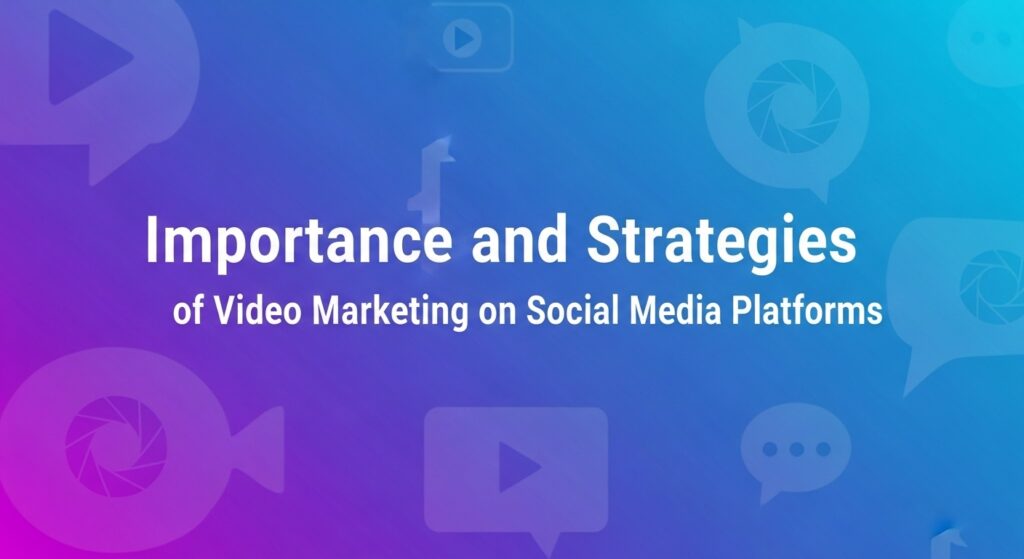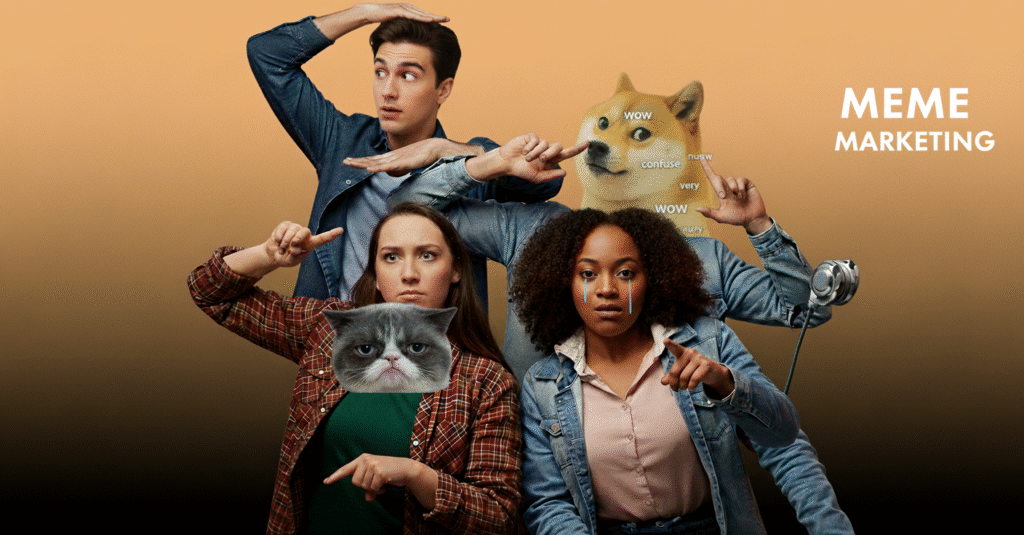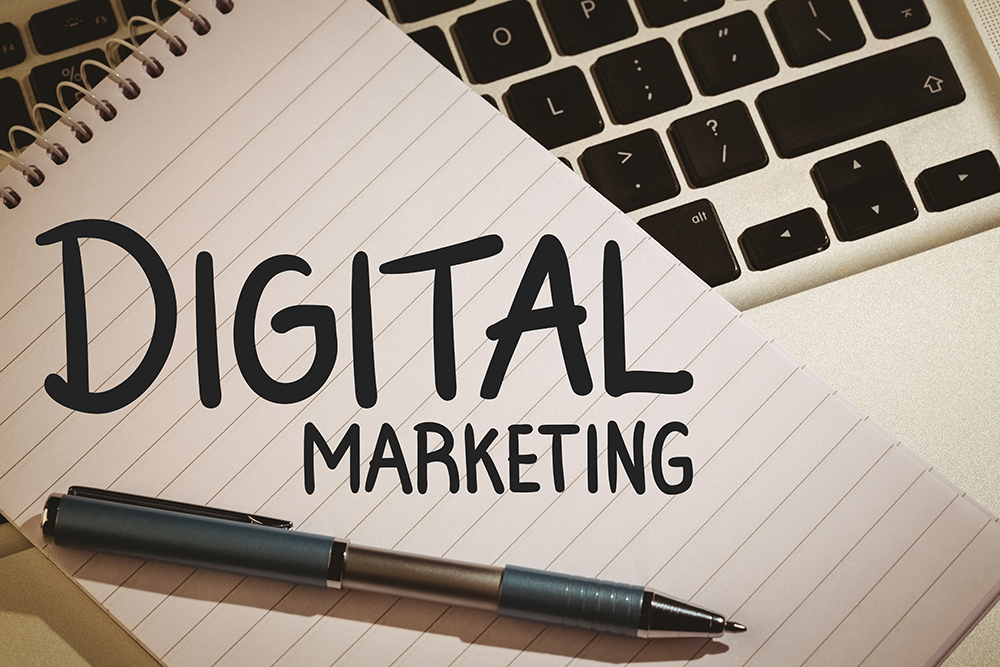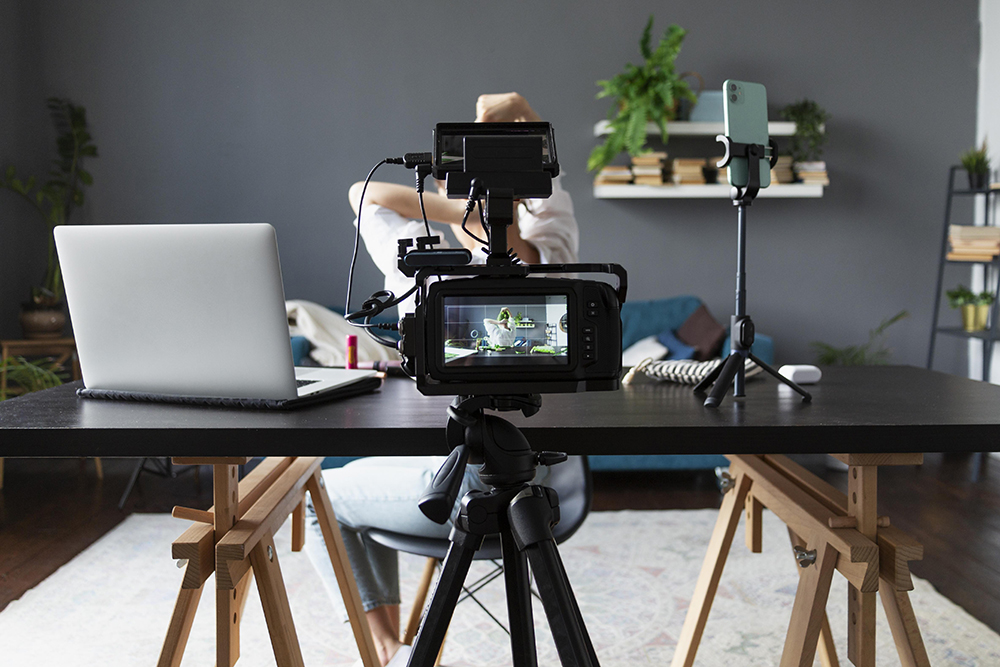Importance and Strategies of Video Marketing on Social Media Platforms
Video is the language of today’s feeds. It’s how people discover products, learn quickly, and decide what to try next. For brands, video marketing turns scrolling moments into conversations then into actions. When planned well, it doesn’t just “get views”; it builds trust, shortens buying decisions, and compounds reach across platforms. Why video matters now The buyer journey is no longer linear. People meet your brand through a Reel, a TikTok, a YouTube Short, a webinar clip, or a customer story and they come back when a need appears. Video suits this reality because it delivers proof fast: you can show the result, the process, and the personality behind the product in seconds. Platforms also reward it. Watch time, completion rate, and repeat viewing are powerful ranking signals; strong videos send all three in the right direction. How platforms treat video Each network favors slightly different behaviors, but the principles rhyme. Instagram and TikTok elevate clips that hook quickly and hold attention; watch loops and saves extend distribution. YouTube’s Shorts feed surfaces videos that earn early retention and prompt channel visits. LinkedIn prioritizes clips that open with a clear idea and generate real discussion in comments. Understanding these signals helps you design creative that travels farther with the same media effort. What effective social video looks like The strongest videos feel like useful posts, not ads. They open on the payoff the finished dish, the fixed problem, the “after” then rewind to show how it happened. They keep text on-screen for sound-off viewers, include a human presence to anchor the message, and end with a simple next step. Above all, they tell one story at a time. A clear arc beats a crowded montage. A quick transformation example A skincare brand promoted a vitamin-C serum with glossy product spins and a “shop now” slate; views were fine, but comments were thin. Reworking the script around a morning routine changed everything. The new cut began with a close-up of dull skin brightening under natural light, then a single line to camera: “This is what one pump does after a night shift.” A brief application demo followed, on-screen notes called out texture and scent, and the clip closed with, “Want my three-step AM checklist? Comment 🍊.” Saves doubled and replies turned into real conversations. Same product clearer story. Strategy, step by step Start with the audience insight, not the shot list. What problem do they want solved today? Shape a promise you can prove in under 10 seconds. Draft three openings; pick the one that shows motion, progress, or a striking detail immediately. Record in vertical framing, keep your subject close, and use natural light when possible. Add captions for accessibility and retention, and place your key claim in text near the top third of the frame. When you edit, cut air. Remove hesitations and long ramps. Put the reveal before the explanation. If you need more than one idea, make more than one video; short, focused pieces outperform long, crowded ones in social feeds. Production that fits real teams You don’t need a studio to look good on a phone. A stable smartphone, a window, and a quiet room go a long way. Build a lightweight kit: a clip-on mic for voices, a small tripod, and a bounce card for fill. Batch record several variations in one session: three hooks for the same demo, two angles for a reveal, and an alternate closing line for A/B tests. Capture B-roll of hands, tools, and textures, you’ll reuse these across campaigns. Distribution and pacing Publish where the idea makes sense natively. A 12–18-second tutorial can live on Reels, TikTok, and Shorts with light edits; a 30–45-second testimonial may work best on Instagram and LinkedIn. Keep captions short in the feed, and let the video do the heavy lifting. Retarget viewers who watched past the halfway mark with a follow-up piece that answers the next question, then send high-intent engagers to a landing page that mirrors the video’s promise. Measuring what matters Optimize for the signals that predict business results. In short video, the first two seconds and average watch time tell you whether your hook and pacing land. Saves, shares, and profile taps indicate usefulness and curiosity. For performance campaigns, watch cost per completed view and post-click behavior on the destination page. Review weekly, not yearly. Small edits new first line, tighter opening two seconds, clearer thumbnail often move the numbers more than big reinventions. Summary chart: platform fit at a glance Platform Ideal Length Best First Frame Sound Behavior Creative Focus Primary Metric Instagram Reels 9–20 s Payoff/reveal in action Often off (use captions) Visual transformation, quick tips, UGC Watch time, saves TikTok 9–25 s Motion + face or hands Mostly on (but caption anyway) Fast demo, humor, creator POV Completion rate, shares YouTube Shorts 12–30 s Clear subject + bold text Mixed Teachable moments, mini-case, before/after Avg. view duration, subs from video LinkedIn 15–45 s Problem statement or result Often off (captioned) Authority + utility, founder/client POV Comments, qualified clicks Common pitfalls and how to avoid them Two issues sink otherwise good videos. The first is starting with context instead of the result; by the time the reveal arrives, the viewer is gone. Lead with what they wanted to see. The second is packing multiple ideas into one asset; each extra point dilutes the one you need remembered. Keep a single promise per video and give it the space to land. Building a repeatable system Think in series. A weekly “Fix in 15 Seconds,” a recurring “Before/After Friday,” or a “Customer Story in Three Beats” gives your audience a reason to return and gives you a framework to produce consistently. Document the format opening shot, text style, cadence, so anyone on your team can reproduce it. Over time, this library becomes your owned media: searchable, reusable, and increasingly effective. Call-to-Action If you’re ready to turn video into a steady growth channel, start with one story you can prove on camera










